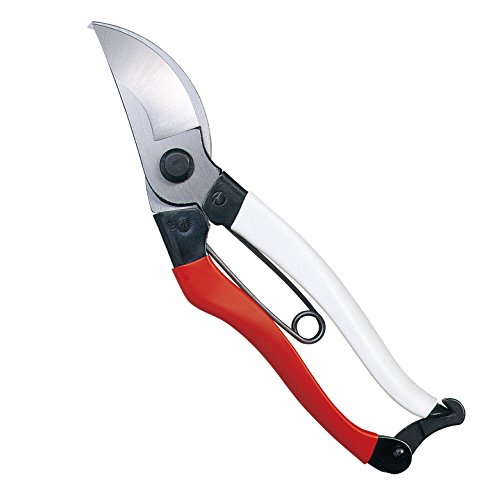How to overwinter ferns – to keep both tender and hardy species protected during snow and frost
Protect your favorite fronds this winter with our expert-approved advice

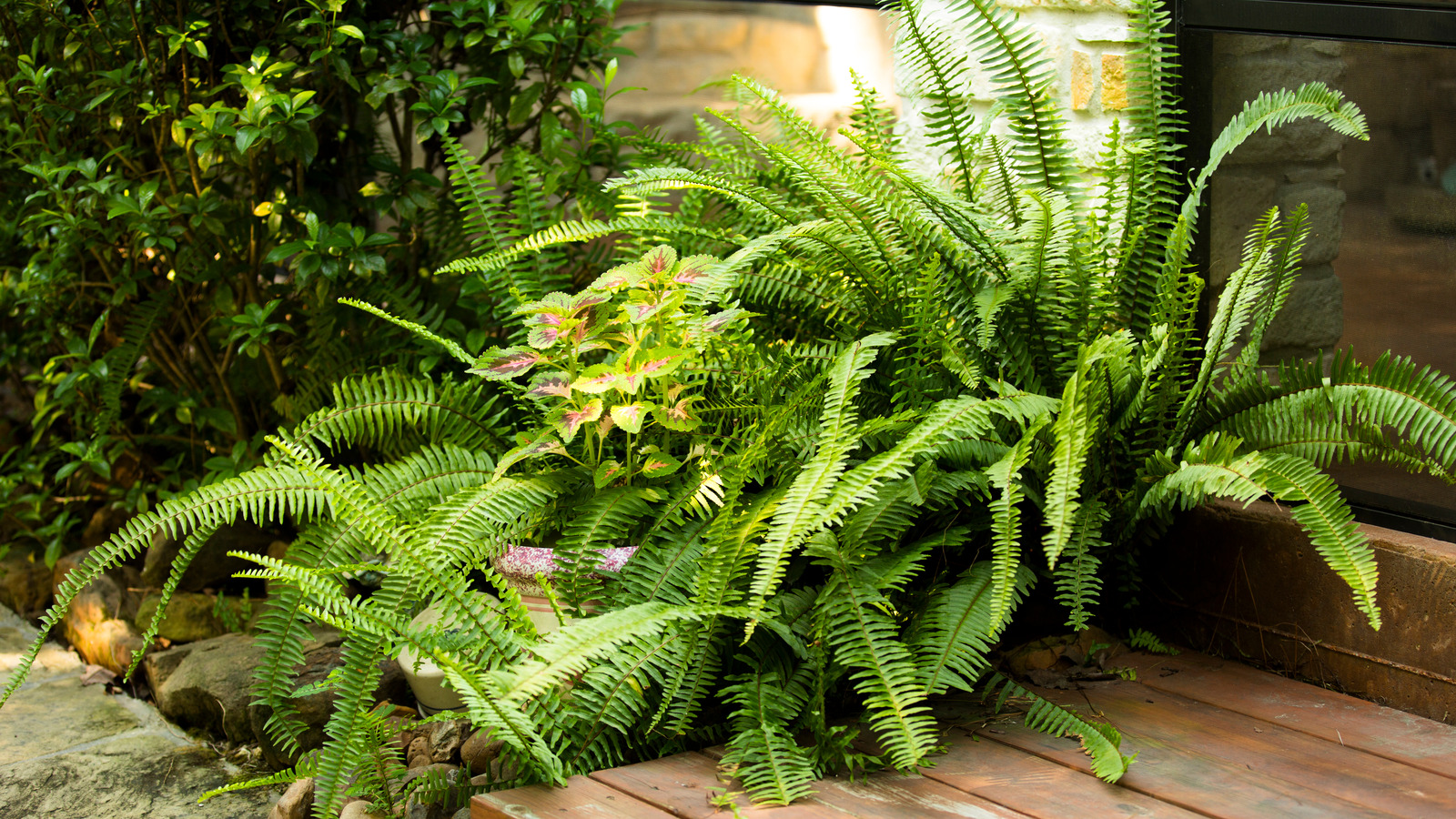
With their lush, textured foliage, ferns make an elegant and interesting addition to any landscape. In general, these shade-loving perennials are easy to care for and will thrive as long as their basic needs for indirect light, loose rich soil and moisture are met.
When it comes to learning how to overwinter ferns, it's a simple task. If you already know how to overwinter a garden, this step can be included at the same time, as it will overlap with other tasks.
The type of care required will depend on your climate and the species you've planted, however, there are many hardy ferns that can cope with the cold. Discover what to do with hardy and tender varieties this winter with our expert guide.
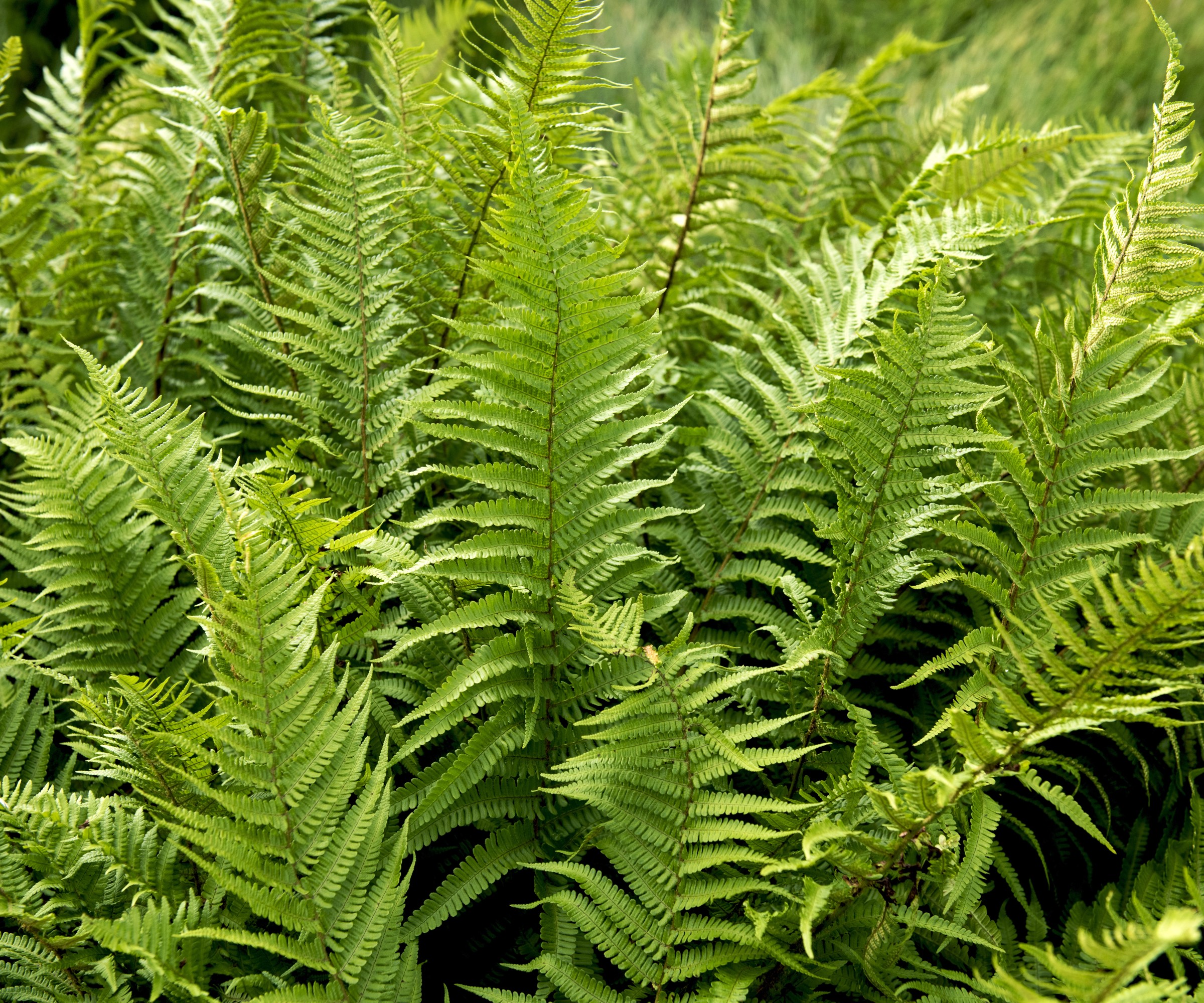
How to overwinter ferns according to experts
'Ferns provide a lush understory in a woodland garden,' says Colorado-based, Amy Yarger, senior horticultural director at Butterfly Pavilion. 'And although ferns have grown on this planet for over 360 million years, they can still be a mystery when it comes to knowing how to care for them over the winter. Winter care really depends on the kind of fern and where it grows, such as evergreen ferns, tender ferns or tropical ferns.'
1. Clear fallen leaves from the crown
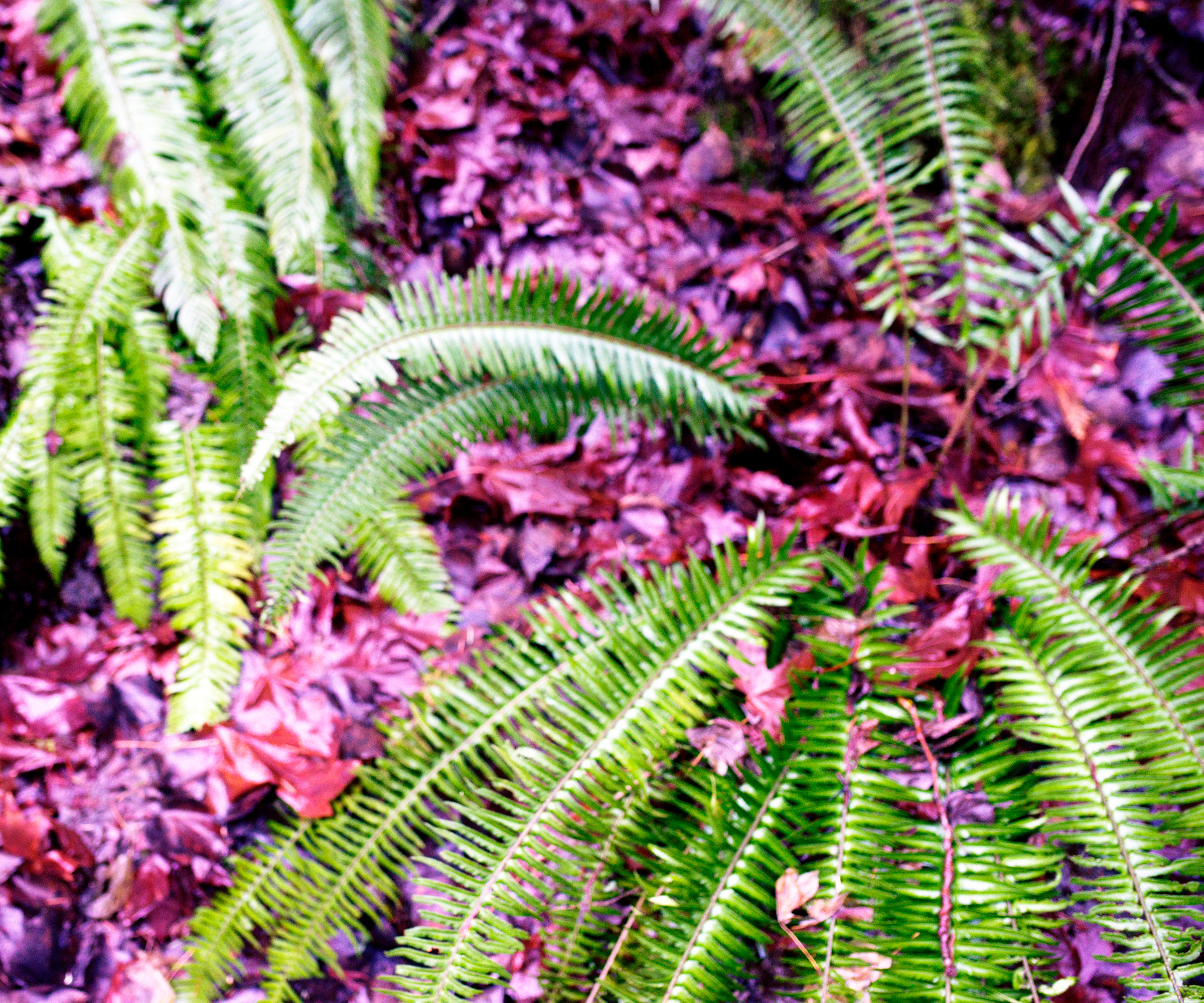
If you've discovered how to grow ferns, you will likely have selected those suited to your hardiness zone and planted them in a shady spot. Most ferns cover the ground beneath other plants and trees. However, this makes them susceptible to being smothered by fallen leaves in late fall and early winter. It's best to clear these leaves away to protect the plant.
'There are more than 100 species of ferns native to the northeastern United States, providing ample choice for growing in temperate zones' says Mobee Weinstein, author of The Complete Book of Ferns, available at Amazon. 'Anywhere there are deciduous trees and shrubs, it's worth doing some leaf clean up, as the trees above drop their leaves.
'It's fine to allow a thin layer of leaves to remain on the soil around your ferns as mulch, but remove any heavy accumulation. And don't leave the crowns of your ferns buried deep under leaves, as they may stay too wet and rot. Be careful, if you're using a rake near ferns, as they are easily dislodged and damaged.'
Design expertise in your inbox – from inspiring decorating ideas and beautiful celebrity homes to practical gardening advice and shopping round-ups.

Amy Yarger is the senior director of horticulture at Butterly Pavilion, Colorado. She currently leads Butterfly Pavilion’s local pollinator habitat initiatives, which restores habitat in urban and suburban green spaces in Westminster and Broomfield. Amy has also installed pollinator habitat gardens throughout the community. Through habitat gardening and education, Amy hopes to create a closer connection to nature and a greater understanding about the need for biodiversity locally and globally.

Mobee Weinstein is the Foreman of Gardeners for Outdoor Gardens at the New York Botanical Garden in the Bronx. She holds a BS in Plant Studies from Lehman College, and is a graduate of NYBG’s School of Professional Horticulture. She has more than 40 years of experience in the care of landscape plants and frequently represents New York Botanical Garden on television and radio.
2. Cutting back is optional
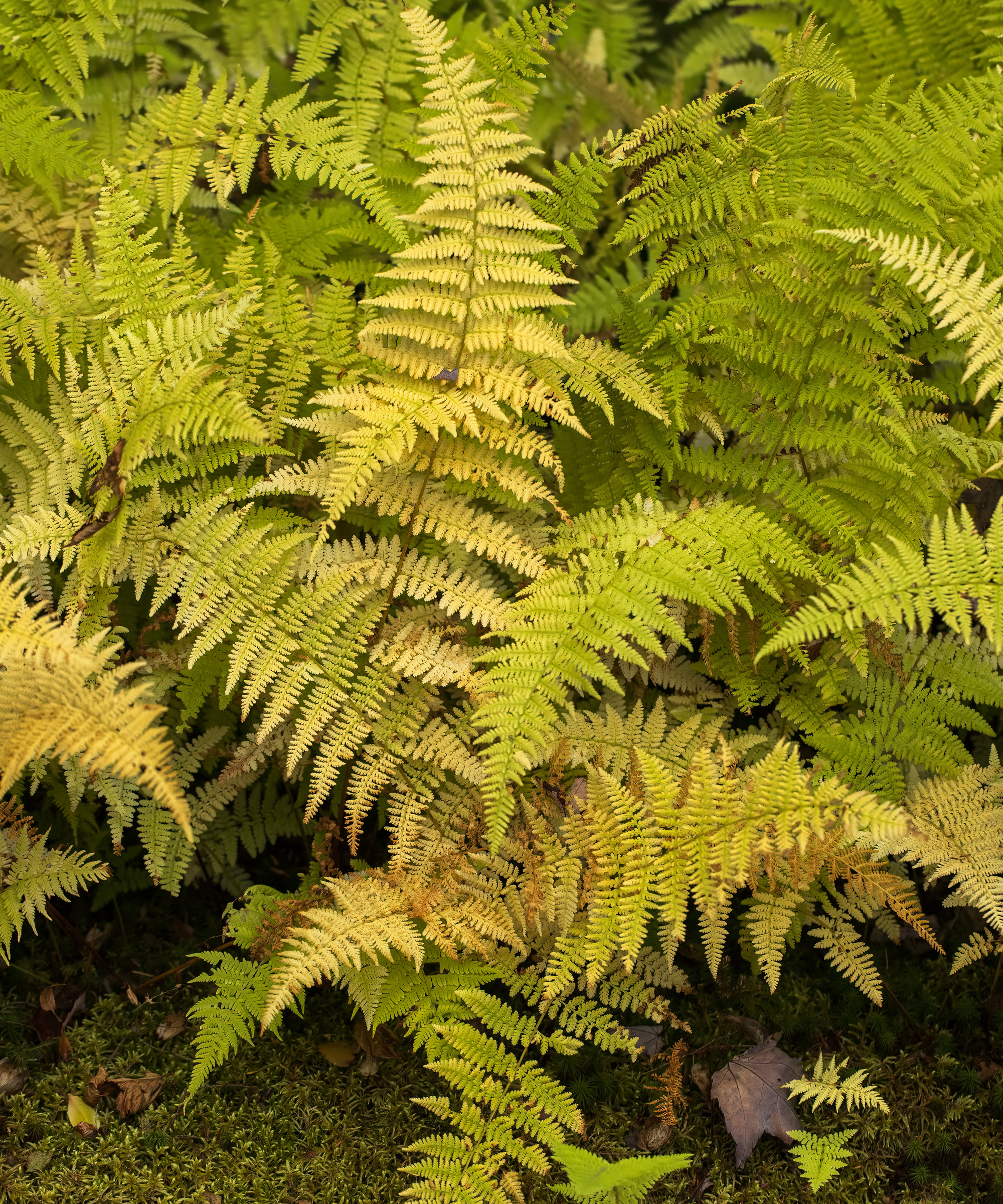
Whether to cut back your ferns is down to your personal preference, particularly when they are hardy to your zone. Some gardening experts like to cut them back for a tidier look, while others opt to leave them in their golden glory as a winter garden idea.
'Many temperate ferns die back sometime during the fall,' says Mobee. 'As they turn yellow or even brown, if they remain upright, you can leave them intact to add interest and seasonal color to the garden. When the fronds collapse or fall, you can pick them up or cut them off.
'Those who like tidy gardens often clean up their ferns in the fall and compost the debris. However, some growers don't mind the look and recommend that you leave those brown fronds in place. As they lie down around the plant, those old fronds offer some winter protection.'
'Hardy ferns, such as Christmas ferns (Polystichum acrostichoides) or cinnamon ferns (Osmundastrum cinnamomeum), can be left alone during the cold season,' says Amy. 'This year’s fronds will protect next year’s growth from cold temperatures, and new fiddleheads will emerge in the spring.'
'If the ferns are native to the area, I like to cut back the detritus at the end of the season,' says Massachusetts-based David Angelov, master gardener and founder of Plant Parenthood. 'They can be cut back all the way, or to three to four inches (if you like to know what is growing where) and will shoot right back again next year.'
If you choose to cut back your ferns, these hand pruners from True Leaf Market are up to the task.

David Angelov is a Master Gardener and founder & CEO of Plant Parenthood, a fast-growing garden design, maintenance, and education company, based in Massachusetts.
3. Mulching is optional

Most plants in the garden benefit from mulching in the winter. However, assuming they are suitable for your zone, ferns are hardy enough to go without this step. At the same time, it will do them no harm, if you prefer to mulch your soil.
'Ferns don't need much winter care at all,' says David. 'They can take snow and frost. If you are concerned about them (which I wouldn't be), you can add a light layer of mulch or the boughs of some evergreen trees layered in a checkerboard style around them. This will raise the soil temperature by about two to three degrees, which is enough to keep the root systems happy.'
For a striking and hardy addition, try this Ostrich fern from Burpee which can thrive in zones 3-8 and will push out tall feathery plumes up to three feet tall.
4. Water if necessary
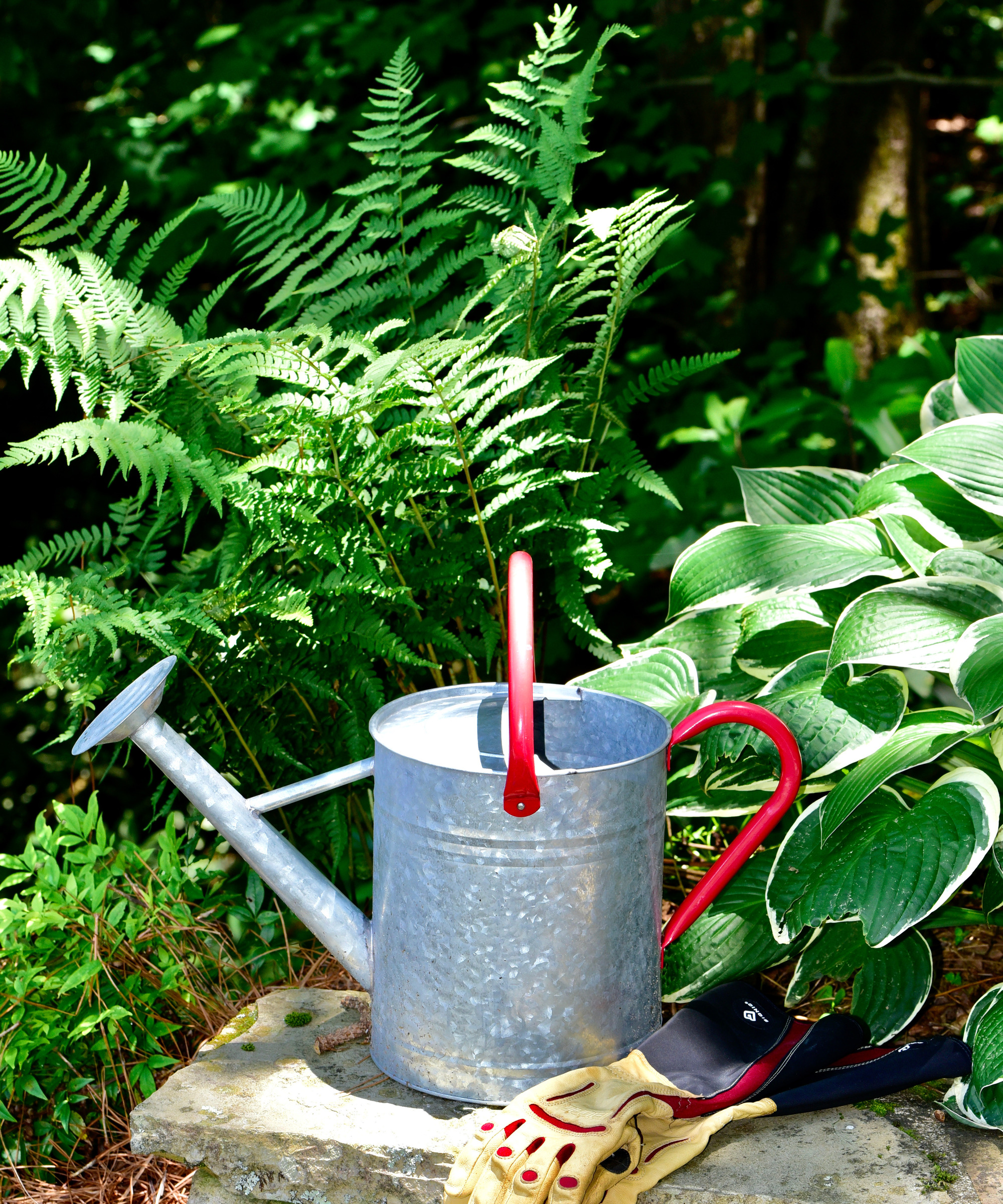
Many regions receive adequate rainfall through the winter; usually enough to keep dormant ferns happy. However, those living in warmer, drier zones may need to water their plants, if there hasn't been much rain.
'If you experience winter drought, water your ferns on sunny days when the temperature rises above 60 degrees Fahrenheit,' says Amy. 'No other care, such as fertilizing or mulching, is usually necessary.'
5. Bring tender or tropical ferns inside
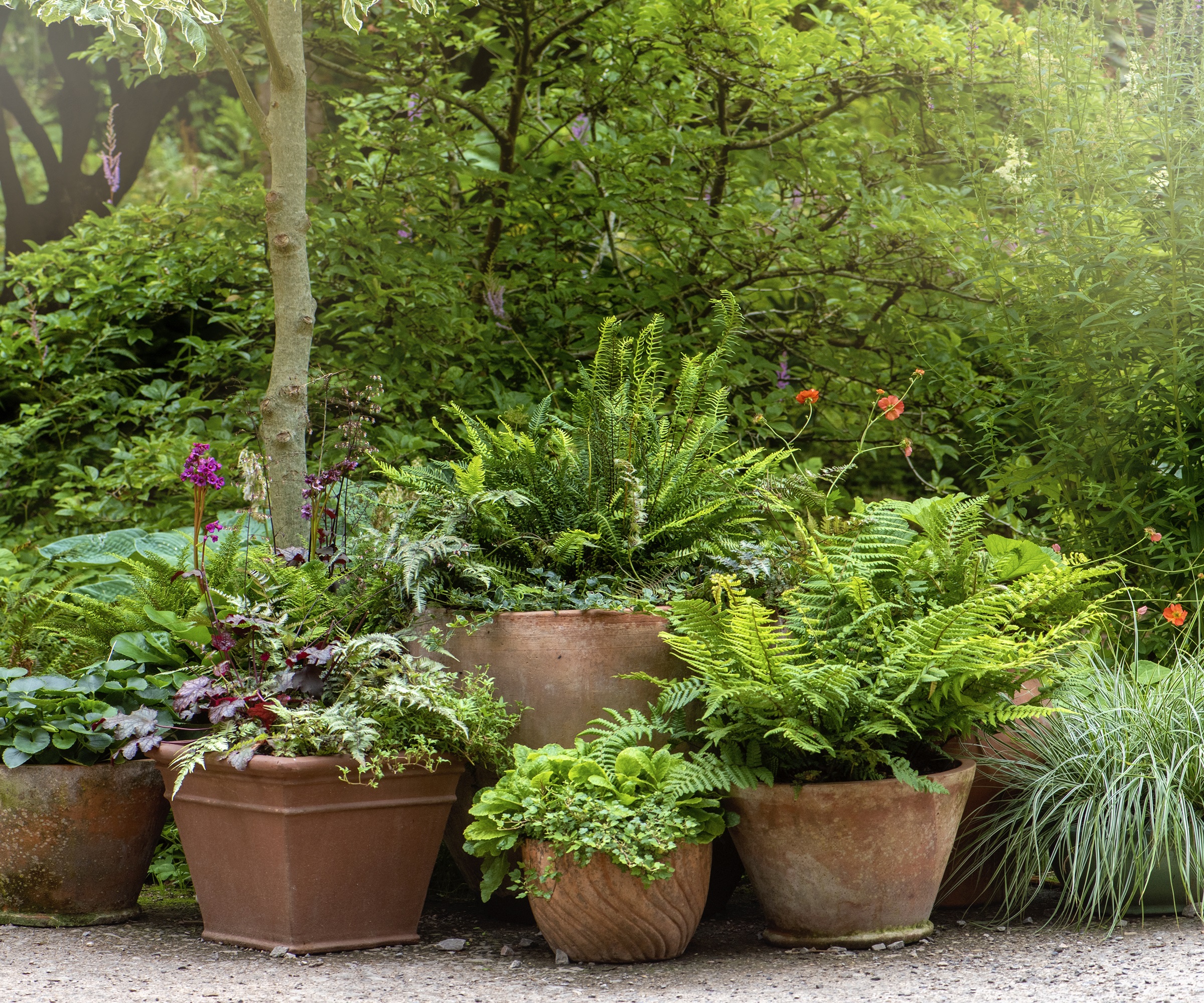
While ferns you have planted in the ground are likely to be suitable for your hardiness zone, you may have other less hardy varieties in containers or hanging baskets. These will need to be brought inside if they are to survive a cold winter.
'Annual ferns or those that are tropical have to come inside before the first frost,' says David. 'Birds Nest ferns or Boston ferns are beautiful if they are kept in a pot that can be transferred in and out.
'Make sure you thoroughly clean the pot and remove all the dead leaves when moving it inside, to prevent any pests from coming into the home or the greenhouse too. These ferns will need less water during the winter inside.'
'Boston ferns thrive in warm climates (zones 9-11) and cannot survive freezing temperatures,' says Amy. 'These are great candidates for overwintering indoors. A strong spray of water should remove any pests, and once the fern dries out, give it a good shake to dislodge any debris.
'If you opt to transition your tropical outdoor ferns to houseplants instead of storing them, you’ll want a sunny, south-facing location for them. Growth will be slow during the winter, but you can replicate humid conditions by regularly misting the fronds and watering the root ball to keep it moist.
'Alternatively, you can store them. Before the first frost, I recommend letting the root ball dry out and then cutting away the outer fronds, leaving only the center of the plant intact. This step reduces mess, makes it easier to store the plant, and encourages fresh spring growth and a pleasing shape.
'You can then place the fern out of direct light and in a cool, sheltered place like a basement or garage. Too much direct light will burn the fronds. The plant will go into dormancy and will just need watering approximately once a month. The root ball should be slightly moist and not soggy.'
FAQs
What is a hardy fern to grow in zone 3?
Many ferns can tolerate cold winters in zone 3, although hardiness does vary from place to place. For a lush, green look, why not try the fancy fern, also known as Dryopteris intermedia, which is hardy down to zone 3 and has a classic fern appearance? Try growing this in pots or beds in shady spots for a tropical look.
The winter care for ferns is simple. With a little tidying, hardy varieties are self-sufficient outside, while tropical or tender types can be brought inside if they are not suitable to your USDA hardiness zone.
Be warned, however, that learning how to winterize tree ferns will be different. These tropical trees will need outdoor protection if you live in a zone with prolonged periods of cold weather.
Jacky Parker is a freelance lifestyle journalist and writer, producing a wide range of features for magazines and websites. She has written for Homes & Gardens and its sister titles, Livingetc and Country Homes & Interiors for more than 15 years, both as a freelance contributor and staff member, regularly reporting on the latest interiors, gardens and lifestyle inspiration, speaking to experts in their respective fields and discovering the newest tips.
